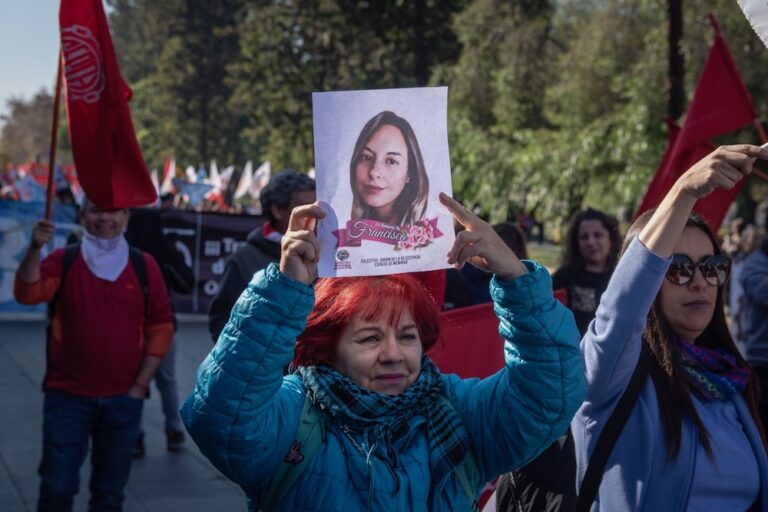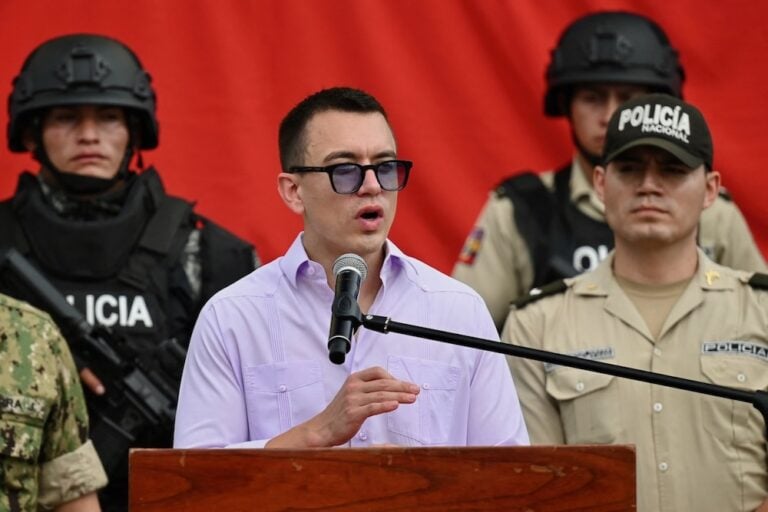The Minister of the Interior, José Serrano, summoned the press to an urgent conference on August 27, 2013 and gave a 24-hour ultimatum to three newspapers, before he would use the Communications Law to penalise them over publications regarding public demonstrations.
The Minister of the Interior, José Serrano, summoned the press to an urgent conference on August 27, 2013 and gave a 24-hour ultimatum to three newspapers, before he would use the Communications Law to penalise them over publications regarding public demonstrations in defense of the Yasuní-ITT National Park in which some 2000 people participated. The publications had reported that members of the police had used rubber bullets to repress people who were protesting near the Presidential Palace.
Serrano gave newspapers La Hora, El Universo and El Comercio a 24-hour deadline to prove that the information they provided in their websites was true. “We will witness once again how the printed press lies to the country(…)”, Serrano said, and then he mentioned that the Police Force is forbidden to use rubber bullets and pepper gas.
The protests occured in Quito and Cuenca; four people were detained and released later on after a medical examination, said the ministry.
Witness reports and local press indicate that the protesters intended to break the police blockade stopping them from reaching Independence Plaza, across the street from the Presidential Palace in Quito.
Images of the protests and police repression were posted on social networks and other places online. A YouTube video uploaded by some protesters shows a long gun firing paint bullets from within the police forces. Some protesters were reported injured: Cecilia Moreta was shot with these bullets in the eye, and then taken to the emergency room of a public hospital. Estefania Rodriguez and Marcelo Negrete, both students, were injured by the police as well.
Marco Guatemal, vice-president of the National Confederation of Indigenous Nationalities of Ecuador (CONAIE) was detained with three other people, who were all released a few hours later, after the protests were over.
The public protests were organized by the indigenous movement, and were joined by several social organizations, ecologists, students and citizens, who oppose the decision of President Rafael Correa to begin the oil exploitation procedures in the area of Yasuní-ITT National Park, which was declared intangible and it is inhabited by non-contacted indigenous peoples.


